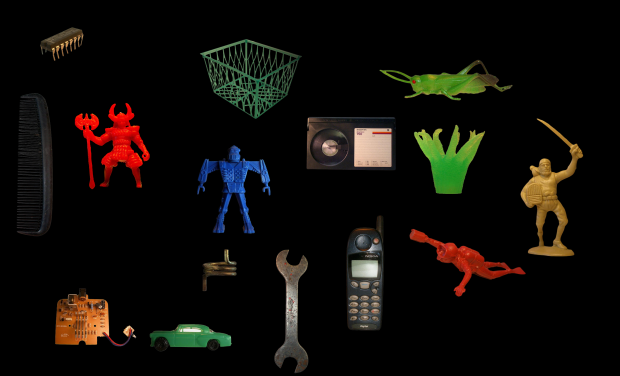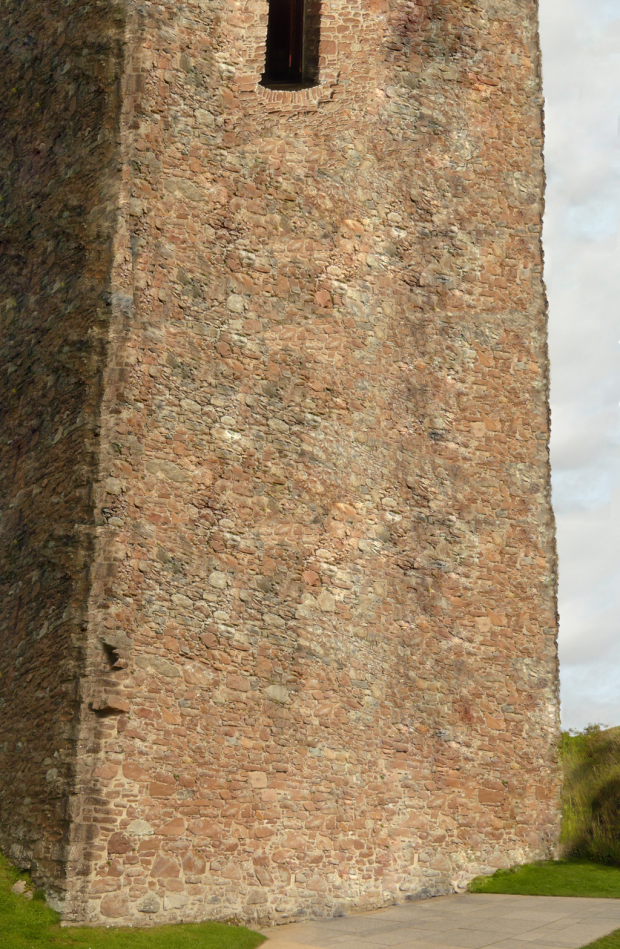If you didn’t go, you missed out. Check out this blurb from Carl Diehl’s Class Blog.
Pacific Vortex is pleased to plunge you into a multi-channel miasma orchestrated by Ben Glas and Joseph Wells. Here you will find a formidable constellation of quadrophonic arrays and computational creativity that activates, in new ways, the architecture of the Mediatheque and your own mind! Sine-waves accompanied by generative visual abstractions will segue, sojourn, soliloquy, or, in other ways, play perceptively on the audience’s sense-abilities.
on his customized16mm projection systems. An outgrowth of projection arts and ad-hoc animation trajectories cultivated in San Francisco’s vibrant 1990’s musical scene, Manning physically conjures a phantasmagoric environment using celluloid selections that are dyed, inked, bleached, cut up and compiled on large reels. These elaborate illuminations hybridized with handmade slide and overhead transparency projections and mixed by hand are improvisational and articulated without electronic expediencies.
@PNCA 511 NW Broadway, enter from the Park blocks between NW Hoyt and NW Glisan.
pacific-vortex-series.tumblr.com
Part 1: Multi-channel Miasma Orchestrated by Ben Glas and Joseph Wells.
This performance was a great way to answer that classic question we’ve all had during our more formative and vulnerable years: “what would it be like to have severe tinnitus while tripping on acid?”
This slideshow requires JavaScript.
“You are freaking out… maaaaaan…”
I do not believe that this was intended to be a pleasant experience, but that doesn’t make it any less valuable as art. The installation was well planned, and included three distinct visual fields, all based on monochrome oscilloscopes: Linear, Circular, and Sequential. By connecting these visual indicators to separate microphones in the space, the audience was provided with a real-time visual representation of the generated tones. Initially, the space was flooded with high-volume, low frequency tones that overlapped, this was a kind of “carrier signal” for the soundscape. The tones shifted independently, and were divided into separate channels. Combined with the space’s acoustics, this created a physical sensation that is adjacent to migraine pain, but decorative in nature.
The rising and falling walls of sound, combined with visual representation are entirely abstract, and not a simulation of anything specific, and my description is only meant to be as informative as possible. This time-based art might be “art for artist’s sake” but was still an interesting combination of different digital technologies and A/V equipment. Perhaps if I had earplugs I would have gotten a richer, but less intense experience. The pleasure wasn’t in the grinning and bearing, but in observing the feedback between visual and audio information, and seeing sounds transformed into shapes. The frequency and amplitudes occasionally combined to create familiar linear forms (sawtooth, sine wave) and geometric shapes (octagons, squares, and even triangles with rounded edges). It was compelling to be able to “hear shapes” but the experience was probably too intense for casual audiences.
Part 2: Out of time, place and scale, by the polychromatic Pond Mind Pulp, a live artwork carried out by Colin Manning.
If the first performance was an appetizer, then this was certainly the entree.
 The first sequence was entirely digital in its presentation, but the second part included analogue sound and 16mm film projection. I couldn’t help but turn the viewing experience into a game of “Name That Film”. Some of which were esoteric educational films of yesteryear, and nothing too remarkable from that selection. Others however, were true blue classics – Abbot and Costello Meet Frankenstein, The Battleship Potemkin, and even Heinlein’s film adaptation Destination Moon) I’m sure there were others worth mentioning, but those were highlights for me.
The first sequence was entirely digital in its presentation, but the second part included analogue sound and 16mm film projection. I couldn’t help but turn the viewing experience into a game of “Name That Film”. Some of which were esoteric educational films of yesteryear, and nothing too remarkable from that selection. Others however, were true blue classics – Abbot and Costello Meet Frankenstein, The Battleship Potemkin, and even Heinlein’s film adaptation Destination Moon) I’m sure there were others worth mentioning, but those were highlights for me.
This slideshow requires JavaScript.
Even though the source material was often recognizable, the results were nevertheless quite abstract, and it is difficult to construct any literal meaning or narrative from the presentation. Sequences were arranged in an almost reckless manner, moving backwards and forwards through time, overlapping, mirroring, and mocking the past and forgotten future, like a mocking riddle with no satisfactory answer. The audio component, while more discernible than the first piece, was still persistently abstract in its use. While there is no doubt that a relationship exists between moving pictures and time, it did not appear to follow a strictly linear pattern of past-present-future, but instead seemed to meander in a way that reminds me of what it was like a young child with the flu, watching old movies while laying on my side, volume up, comprehension low, while metabolizing the finest generic-brand, over-the-counter drugs that money can buy.
Nothing quite like the feeling of something familiar and strange. Time well spent.






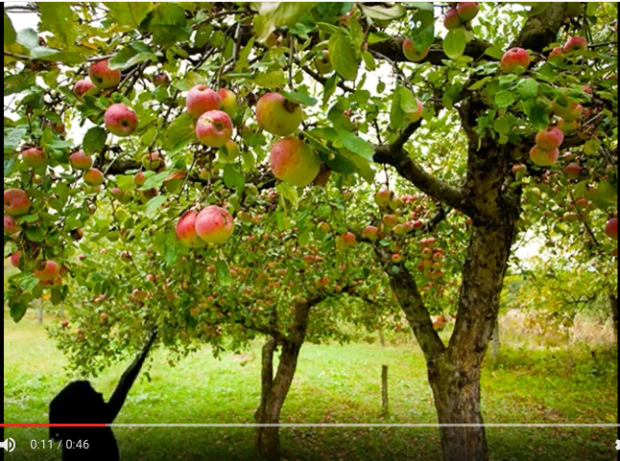


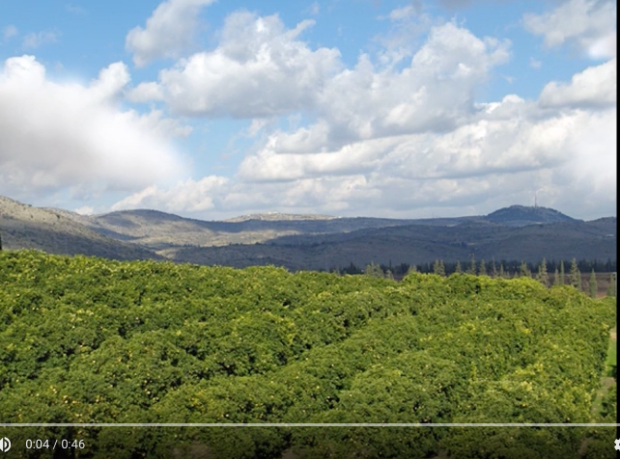


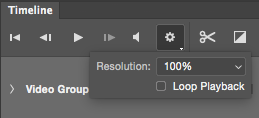
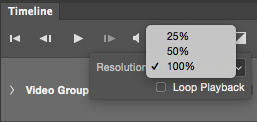

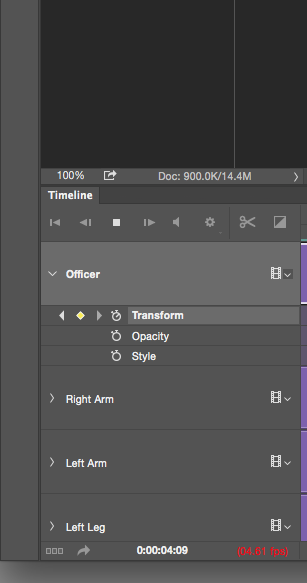
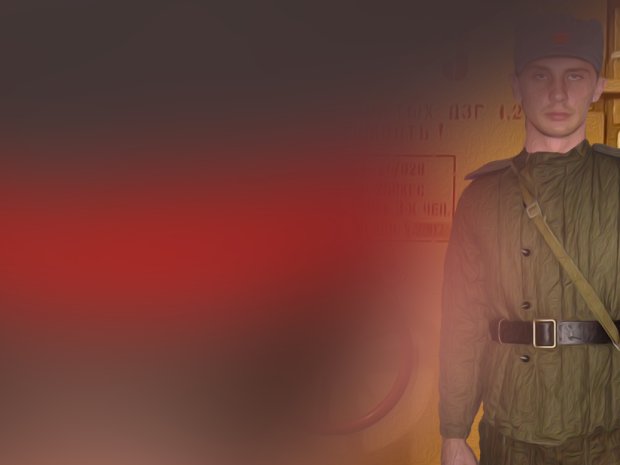




 The first sequence was entirely digital in its presentation, but the second part included analogue sound and 16mm film projection. I couldn’t help but turn the viewing experience into a game of “Name That Film”. Some of which were esoteric educational films of yesteryear, and nothing too remarkable from that selection. Others however, were true blue classics – Abbot and Costello Meet Frankenstein, The Battleship Potemkin, and even Heinlein’s film adaptation Destination Moon) I’m sure there were others worth mentioning, but those were highlights for me.
The first sequence was entirely digital in its presentation, but the second part included analogue sound and 16mm film projection. I couldn’t help but turn the viewing experience into a game of “Name That Film”. Some of which were esoteric educational films of yesteryear, and nothing too remarkable from that selection. Others however, were true blue classics – Abbot and Costello Meet Frankenstein, The Battleship Potemkin, and even Heinlein’s film adaptation Destination Moon) I’m sure there were others worth mentioning, but those were highlights for me.